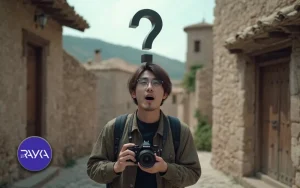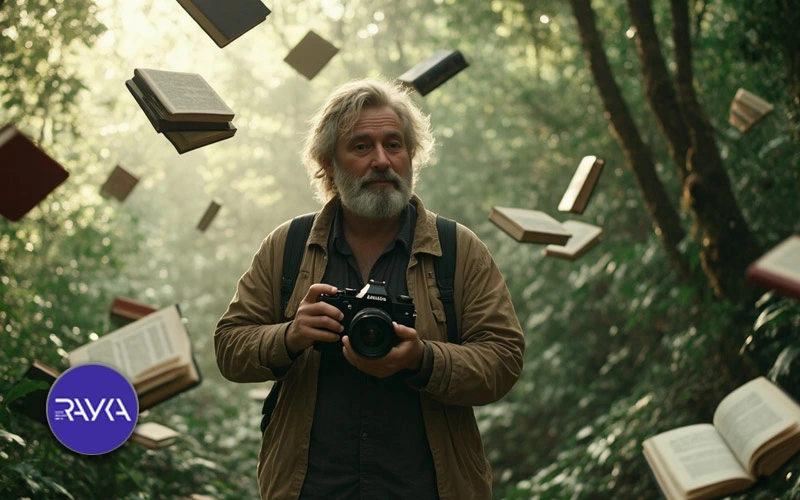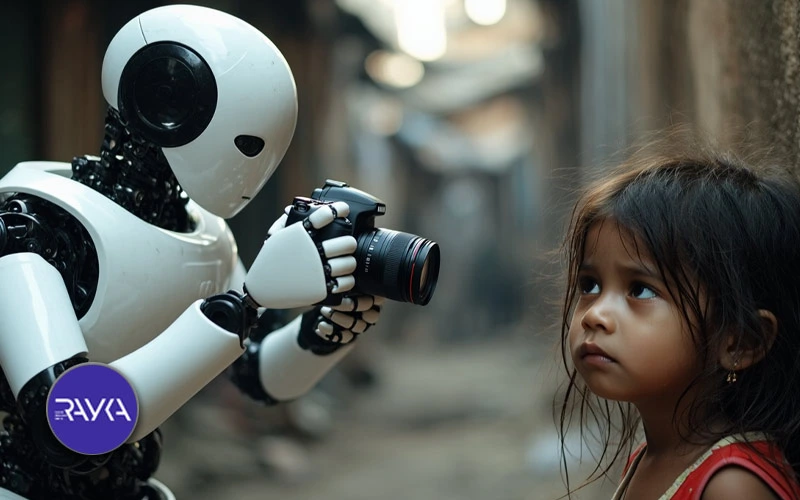
Documentary Ideas are the first step that shape the path of a successful documentary. A filmmaker with no clear idea can’t create a strong and impactful story. Whether you want to tell a social narrative, explore a historical topic, or share a personal journey, everything starts with an idea.
Many beginner documentary filmmakers don’t know where to find inspiration or how to discover the right subject. In this article, you’ll find practical and professional ways to generate creative ideas for your documentaries. You’ll also learn how to use AI tools and up-to-date resources to uncover unique topics and choose the best option for your project.
A documentary idea is the backbone of any project that aims to tell the truth. Without a clear and strong idea, even the best cameras and editing techniques can’t save your film. A good documentary idea should come from both internal and external sources. It needs to grow from your personal concerns and also connect to a social or human issue.
The right idea can capture the audience in just a few seconds. Viewers look for a story that feels real, inspiring, and fresh. When your idea connects to a genuine and relatable issue, your chances of getting your documentary noticed and distributed increase.
Many successful documentaries around the world started with simple ideas, like telling the story of an unknown person or offering a new perspective on an old topic. But the main point lies in the filmmaker’s unique and deep vision.
To find a creative idea, you need to expand your view of the world around you. Below, you’ll discover several key sources of inspiration that can serve as a starting point for creating an impactful documentary.
Daily news overflows with topics that can turn into great documentary ideas. When a specific issue captures public attention, documenting its hidden aspects can attract significant interest. From environmental crises to social challenges or controversial cases, all these subjects can become vivid and real stories.
Personal life always serves as a rich source for documentary ideas. If there’s a unique story or a different experience within your family or close circle, consider it as a potential documentary idea. Documentaries born from real experiences create a stronger sense of authenticity, making it easier for the audience to connect with them.
Before you begin, it’s important to understand the pros and cons of documentary filmmaking. On the positive side, this approach allows you to create honest and human stories that deeply affect the audience. However, the pros and cons of documentary filmmaking also include risks like exposing personal information, handling family sensitivities, or facing negative reactions from those close to you. Being aware of these factors helps you choose the right subject and storytelling method.
This style focuses on people and human stories. Here are some important tips about portrait documentaries:
A close look at the street, workplace, school, or even a simple shop can spark a strong documentary idea. Interesting subjects don’t always come from strange or distant places; sometimes, a brief moment in everyday life can shape the perfect documentary idea.
Reading books and watching documentaries or films guide your mind in new directions. You might find a related or even complementary subject by reading a historical novel or watching a scientific documentary. Use these sources as inspiration, but develop your own idea with a unique and personal perspective.
On social networks, people share their lives with others every day. Some of these stories are so unique and special that they can turn into strong documentary ideas.
Exploring Instagram or Aparat deliberately, especially lesser-known pages and channels, can create great opportunities for documentary filmmaking. Even if you don’t have professional equipment, documentary filming with a mobile phone can be an excellent way to start capturing these subjects.

One of the best sources for finding documentary ideas comes from forgotten histories and untold narratives preserved in archives or the memories of previous generations. These stories usually don’t get covered by mainstream media but can carry a powerful emotional and cultural impact.
Visiting national archives, interviewing elderly people, or reviewing old newspapers offers an effective way to discover these subjects. Such documentaries tend to be original, audience-friendly, and often have the potential to feature in specialized festivals.
Travel offers one of the best opportunities to observe and document the world around you. Every destination holds dozens of untouched subjects that can turn into strong documentary ideas. Below, we explore several examples of situations during travel that can inspire your storytelling:
If you’re looking for documentary film ideas, one of the most professional approaches involves using research methods. This path helps you access subjects that others have rarely explored. Below, we introduce several important research techniques.
Conversations with people open up a treasure trove of real stories. In a simple chat with a shopkeeper, doctor, or taxi driver, you might discover a unique documentary idea. Purposeful interviews help uncover hidden layers of a topic and clarify the path for your documentary creation.
Many news, television, library, and even online archives hold forgotten stories and documents. Searching these sources can revive lesser-known or abandoned ideas. Archives serve as a valuable resource for creating historical or research-based documentaries.
Sometimes important subjects get ignored by the media. Documenting these topics introduces audiences to fresh, untold stories. For example, telling the lives of people in remote areas or examining unique cultural aspects rarely featured in documentaries can create a compelling and distinctive idea.
Studying official reports, research papers, and public data like censuses or statistics from governmental and international organizations helps documentary filmmakers see facts more clearly. If data reveals a growing trend, you can choose it as a documentary subject and approach it from a fresh angle.

Artificial intelligence analyzes social media data, current trends, and user behavior to suggest subjects suitable for documentary filmmaking. This technology identifies popular topics and uncovers content gaps, showing which subjects have been less explored in documentaries.
Beyond research, AI also helps create prototypes. Filmmakers can use AI-powered promotional teasers to craft engaging versions of their ideas and present them to investors or audiences. These tools make content production faster and more professional.
In fact, AI generates ideas, analyzes pathways, and even assists in the initial presentation of the work. For today’s documentary makers, this offers a significant competitive advantage.
Before starting any documentary project, analyzing audience needs and understanding the target market is one of the most important steps. To do this, the following points must be examined:
Understanding Audience Concerns and Interests
Pay attention to trending topics in the market, such as social issues, cultural matters, environmental challenges, and current personalization trends.
Reviewing Popular Documentaries
Studying documentaries that have achieved significant success on platforms like Filimo, Namava, Netflix, or Aparat can provide valuable insights into audience needs.
Evaluating User Feedback on Social Media
Analyzing comments and feedback from users on social media platforms like Instagram and YouTube can help identify popular topics and emerging trends.
Market Analysis of Promotional Documentaries
In some cases, brands seek documentaries aimed at promoting their products. In this field, documentaries combined with AI-powered promotional teasers attract significant attention.
Market Analysis of Promotional Documentaries
Studying industry reports, documentary rankings, and market forecasts can help identify documentary ideas that align with future trends.
Before starting any documentary project, a thorough analysis of audience needs and the market is essential. Understanding current social, cultural, and environmental interests helps in choosing relevant topics. Studying popular documentaries on major platforms like Netflix, Filimo, or Aparat provides insight into what resonates with viewers. Additionally, analyzing user feedback on social media such as Instagram and YouTube uncovers trending subjects and audience preferences. For branded content, promotional documentaries combined with AI-generated teasers are gaining significant traction, offering new creative and marketing opportunities. Altogether, this multi-dimensional research ensures that documentary ideas are not only impactful but also market-ready and audience-focused.
No, simple and human stories can also be impactful and engaging. Sometimes, ordinary stories from real life or personal experiences can turn into subjects that deeply resonate with the audience.
Yes, AI tools can assist in generating creative documentary ideas by analyzing data, identifying trends, and suggesting popular topics.
To begin documentary filmmaking with a mobile phone, start by focusing on simple and easy-to-capture subjects. Using mobile tools to record initial images and videos can be your first step.